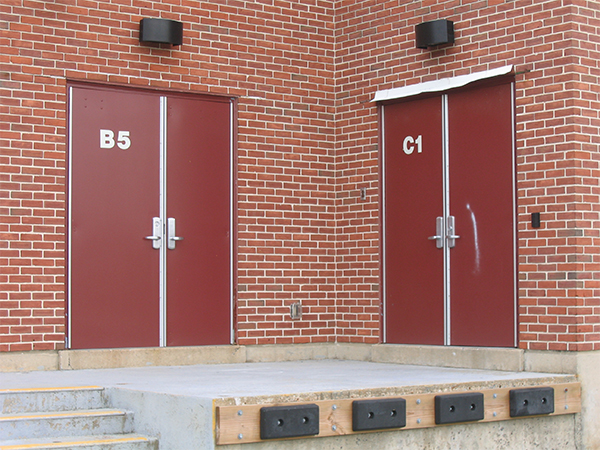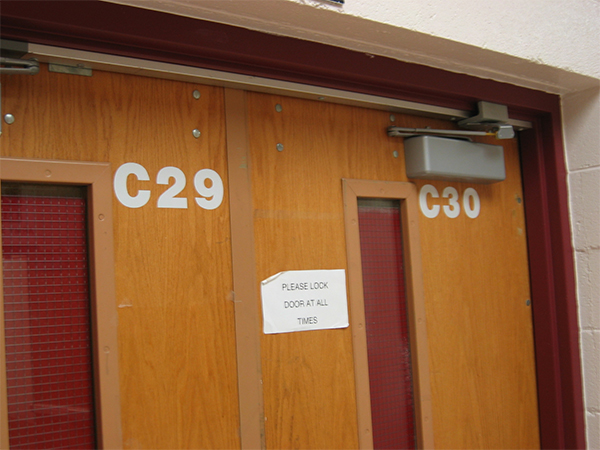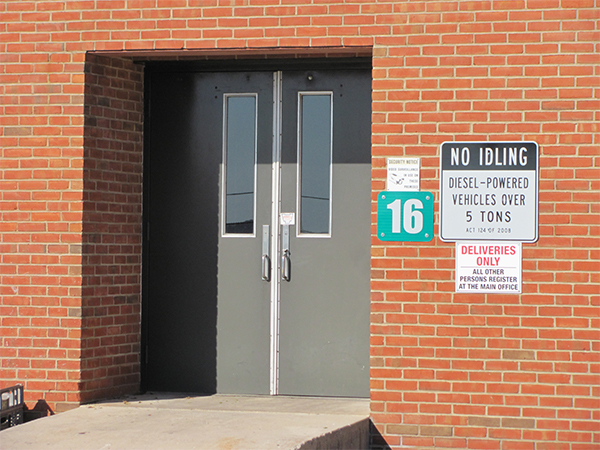
By Eric G. Bachman
An essential component of an incident is effective communications. This critical element influences the initiation of incident strategies and tactics and the overall incident outcome. If you do not effectively communicate tasks, status, and other circumstances, you will not meet incident objectives, and responder safety will be compromised. Incidents rarely go perfectly, and communications is consistently a hindering issue. Regardless of a fire department’s disposition, the incident’s nature, or the venue, you must address reducing incident influencing communication problems prior to a response.
Orientation
This is a broad term with many meanings. In the context of this article, orientation regards facility arrangement. The incident command system (ICS) prescribes a method to define geographical references. For example, sides are referenced by a letter. A specific point, such as the front of the building, is assigned as “Side A.” Clockwise, each side is assigned an ascending letter. This standard frame of reference is interpreted more readily than other descriptors, such as the north side.
Variables
Not all buildings are square and positioned directly next to an access road or on level ground. Many conditions influence responder building orientation include, but are not limited to, elevation, the number of stories above- and below-grade, and interconnected elements. Although identifying arrangement features is important, it is not enough to simply realize that there may be an issue when an incident occurs. Fire department leaders must be proactive in improving orientation before an incident occurs. Internally, we can preassign and note access and other orientation elements on preincident preparedness mediums such as maps. However, not everyone on the fireground is equipped with a map in hand and may not readily understand facility layout elements. It is essential to work with facility representatives to improve preincident response issues to facilitate a successful outcome.
Guessing Game
On the television game show “Let’s Make a Deal,” contestants are asked to choose between Door #1, Door #2, or Door #3 and the prizes behind them. If the contestant is lucky, his result is jubilation in winning an extraordinary prize. If he picks the wrong door, he ise disappointed in a useless and often times comical prize. In the emergency services, we often are presented with unknowns behind the doors to which we respond. In some cases, the door we pick can be advantageous. In other cases, the wrong door will lead to incident escalation, injury, or death. Although we are certainly not on a game show, we are playing a game of chance when we do not gather, analyze, and prepare preincident intelligence for the facilities we protect. And, if we do not understand what’s behind Door #1, Door #2, and Door #3, it could lead to a significant, life-altering experience.
RELATED: Bob and Rex Morris on Forcing Doors That Swing Toward You ‖ Angulo on Roll-Up Doors ‖ Ciampo on Cutting Metal Skin Doors
Challenges and Influence
Building sizes and arrangements vary, as do the location and number of ingress and egress points. Ideally, all fire departments should have in place a well-prepared and practiced preincident preparedness program. This includes detailed maps and data forms and reinforced training programs on community hazards.
Unfortunately, and in many cases, our personnel are not equipped with all of the tools necessary to combat incident challenges. The “tool” metaphor is not only in reference to personal protective equipment and other physical hand tools; it includes informational tools. The fact remains that a lack of staffing and other resources lead to unfavorable incident outcomes.
Disparity
Architects, builders, and other construction influences are constantly conceiving ways to make a building unique, aesthetically pleasing, and distinct from surrounding structures. This can lead to unconventional shapes, sizes, interconnected structures, and a host of other circumstances that will influence emergency operations.
No matter the position or arrangement of a facility, emergency managers must coordinate site references during the preincident phase to accurately deploy resources. Misunderstanding facility orientation can hamper efforts, delay equipment positioning, and equipment deployment and compromise safety.
Cooperative Orientation
Understanding and effectively communicating access elements is crucial to occupant and responder safety. In many cases, the larger the building, the more complex its accessibility. Thus, the more complex its accessibility, the greater your chances of misunderstanding or misusing the building’s most advantageous access points. To effectively convey orientation, you must develop and initiate solutions. This resolution should be a cooperative effort among stakeholders.
A school district in my county embraced the idea of a door marking system. The district adopted, a district-wide standard methodology for marking all exterior doors, including administrative and maintenance doors. Each is assigned and marked a letter and number based and expanded on the side reference methodology prescribed in the ICS. The front, street side, or other prescribed or discipline deemed structural face is labeled Side A. Then, moving in a clock-wise manner, the left side of the building is labeled Side B, the rear is Side C, and the right side is Side D.
Maintaining the clock-wise process, each door on each side of the building is also assigned a number. The subsequent numbering technique flows from right to left and in ascending order. If there are four staffed doors on Side A, they would be labeled from right to left as A1, A2, A3, and A4 (photo 1). This practice is a tremendous intelligence tool, but it does not resolve all orientation issues. Gather additional intelligence to cross-reference door access to corresponding interior elements (photo 2). This will enhance incident management and initiation of certain strategies and tactics. The incident commander can explicitly instruct units to use specific doors that offer the most strategic benefit.

(1) The access door at the main entrance to this high school is marked “A5.” (Photos by author.)

(2) A cross reference is necessary to correlate door numbers to interior areas.
Interior Marking
Consider labeling interior doors in addition to exterior doors. This enhances interior reference for occupants and interior crews (Photo 3). The practice of labeling exterior doors is not only applicable to school buildings; it can be done at any venue such as churches, office buildings, department stores, and so on.

(3) Interior doors labeled in a school.
Multi-Hazard/Discipline Use
Door marking systems are not only beneficial for fire incidents; they can be valuable for all-hazard incidents including medical emergencies and law enforcement incidents. At a school violence incident, law enforcement can determine the most deliberate strategic and tactical evolution needed. The practice is low cost and mutually beneficial, as adhesive letters cost little and small metal signs are inexpensive. Facility managers can use this type of system for employee or contractor access instructions (photo 4). For the emergency services, you can initiate communications and deploy resources more effectively toward the appropriate access door.

(4) Door numbering must be meaningful to those expected to follow them.
The purpose of preincident intelligence is not only for identifying basic structural and occupant components; it can also analyze what can go wrong and help develop contingencies to overcome potential issues. Marking a door may not seem to be a tremendous concern in the overall scheme of response to a facility, but sometimes it’s the little things like that which can hinder or create incident-hampering problems. Sometimes, too, the seemingly little things mean the difference between life and death. For our personnel, identifying and employing even smallest of initiatives can significantly influence their safety.
ERIC G. BACHMAN, CFPS, is a 33-year veteran of the fire service and a former chief of the Eden Volunteer Fire/Rescue Department in Lancaster County, Pennsylvania. He is the hazardous materials administrator for the County of Lancaster Emergency Management Agency and serves on the Local Emergency Planning Committee of Lancaster County. He is registered with the National Board on Fire Service Professional Qualifications as a fire officer IV, fire instructor III, hazardous materials technician, and hazardous materials incident commander. He has an associate degree in fire science and earned professional certification in emergency management through the state of Pennsylvania. He is also a volunteer firefighter with the West Hempfield (PA) Fire & Rescue Company.

